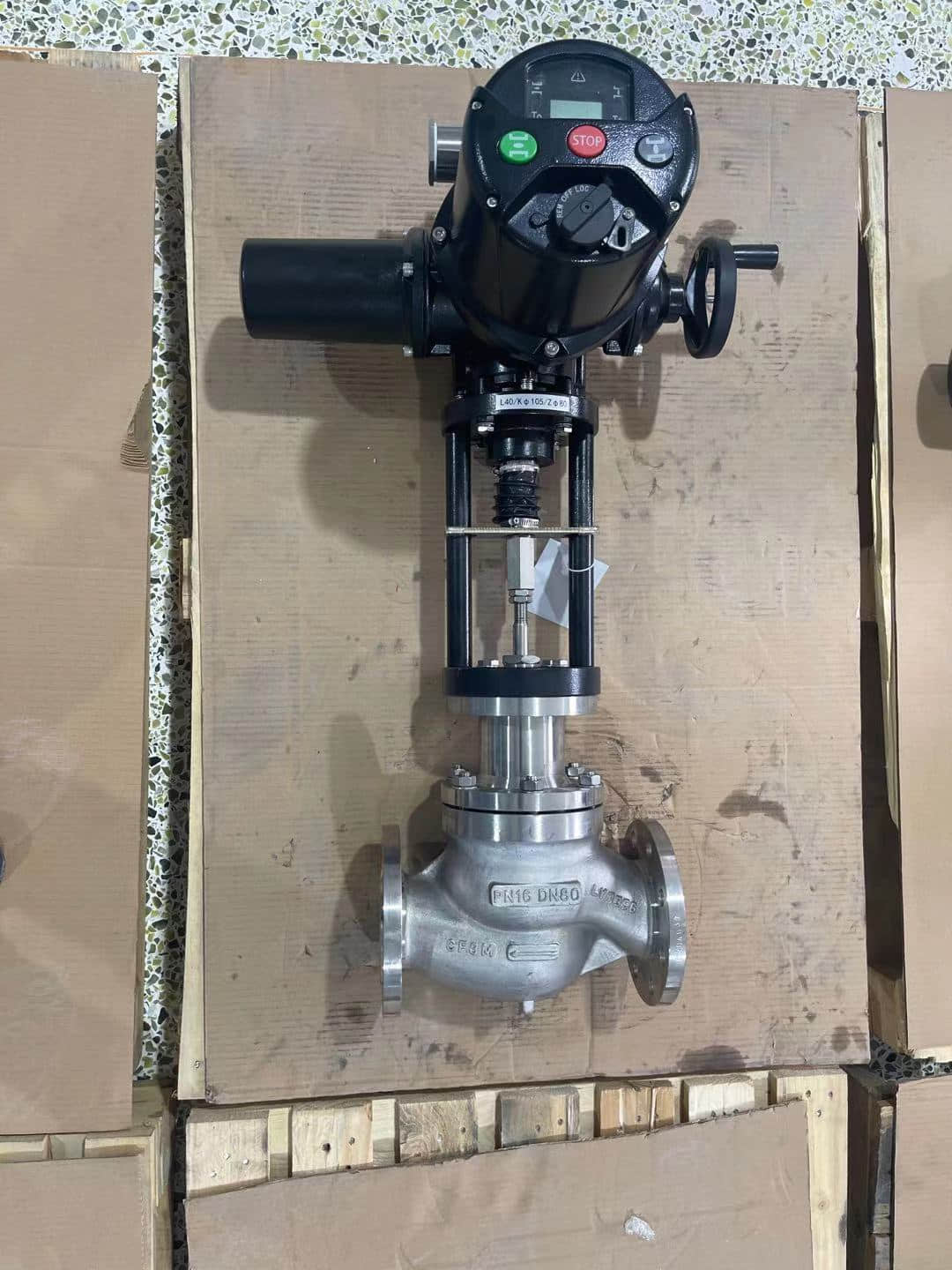understanding the electric two-seat regulating valve: functionality and applications
Release time:2024-12-14 02:49:01
Electric two-seat regulating valves play a crucial role in various industrial applications, particularly in process control and fluid management. These valves are designed to regulate the flow of fluids with high precision, ensuring optimal performance and efficiency in systems ranging from chemical processing to water treatment. This article delves into the functionality, design, and applications of electric two-seat regulating valves, highlighting their significance in modern engineering.

Design and Functionality An electric two-seat regulating valve consists of two primary components: the valve body and the actuator. The valve body houses two seats that control the flow of fluid through the valve. The electric actuator is responsible for adjusting the position of the valve seats based on control signals from a supervisory system.
The operation of the valve is typically based on a linear motion, which allows for fine adjustments to the flow rate. This design is advantageous because it minimizes pressure drops and reduces the risk of cavitation, which can occur in other types of valves. The two-seat design provides increased seating surface area, enhancing the valve's ability to handle higher pressures and temperatures.

